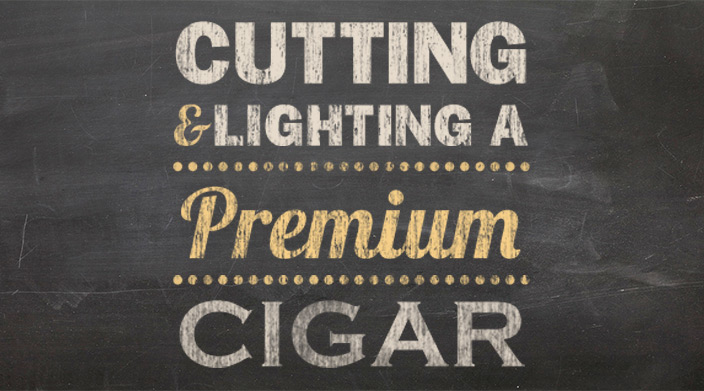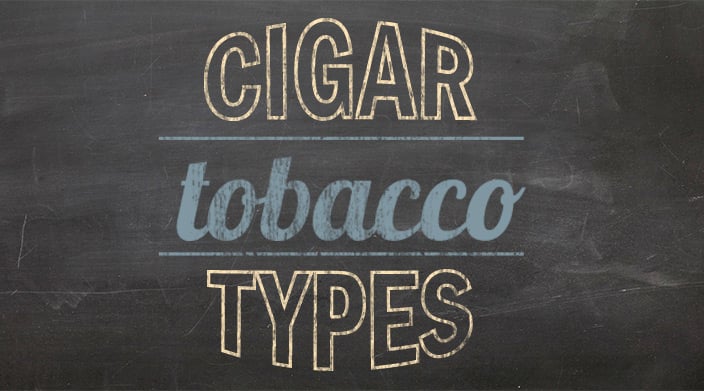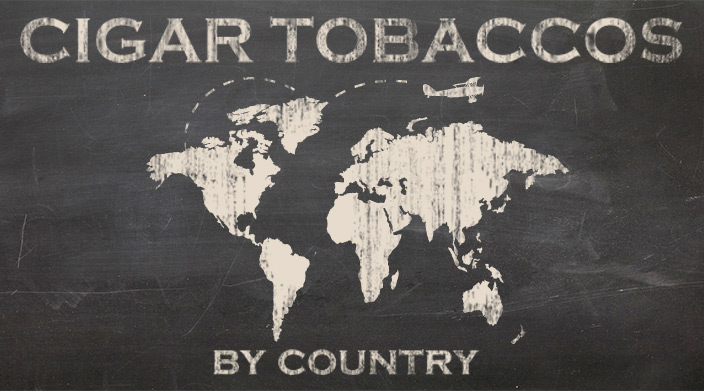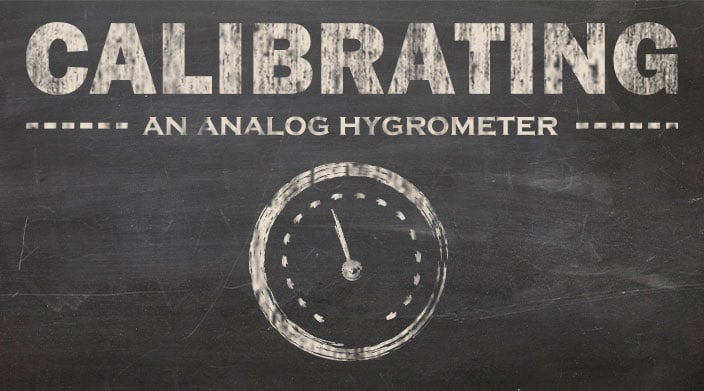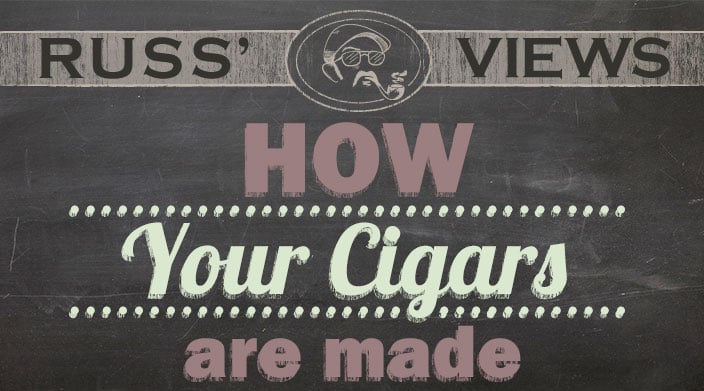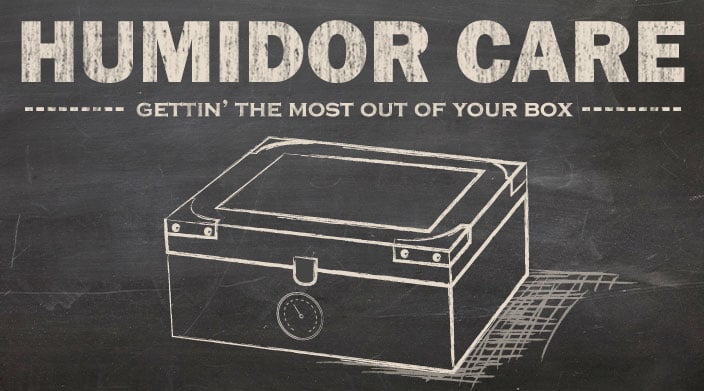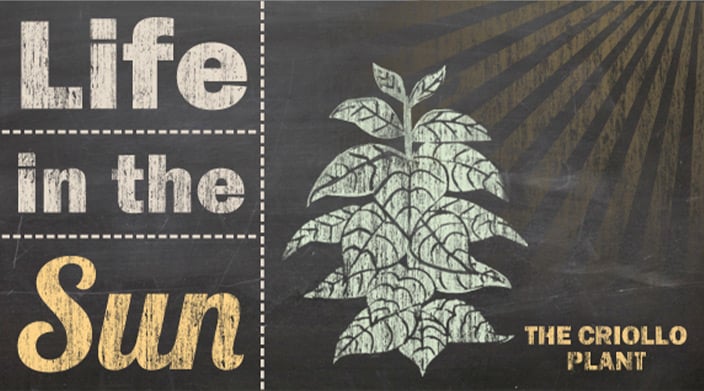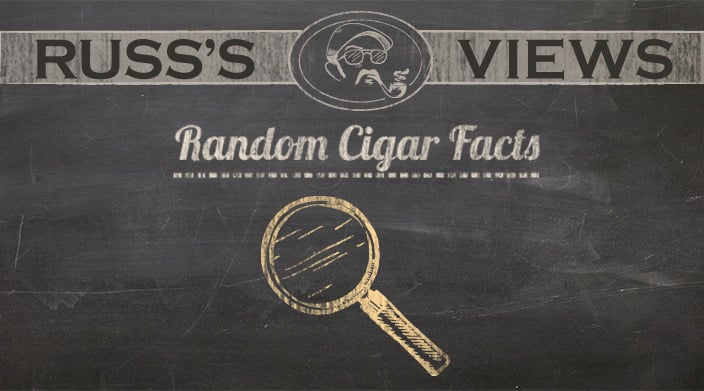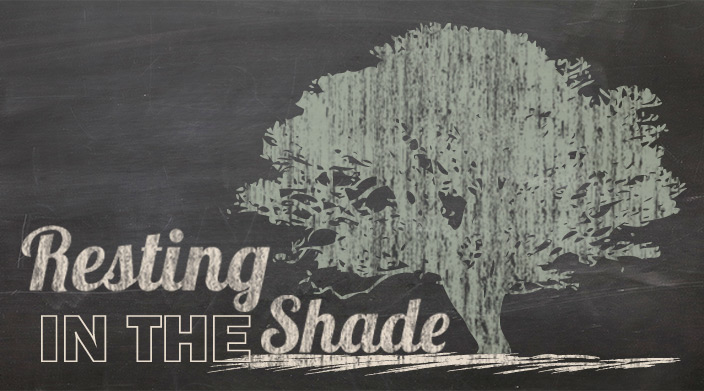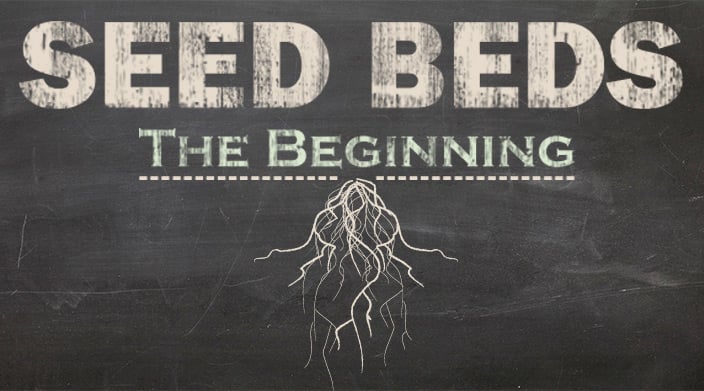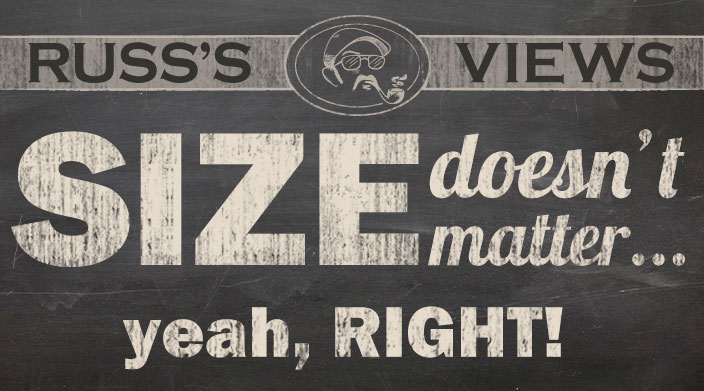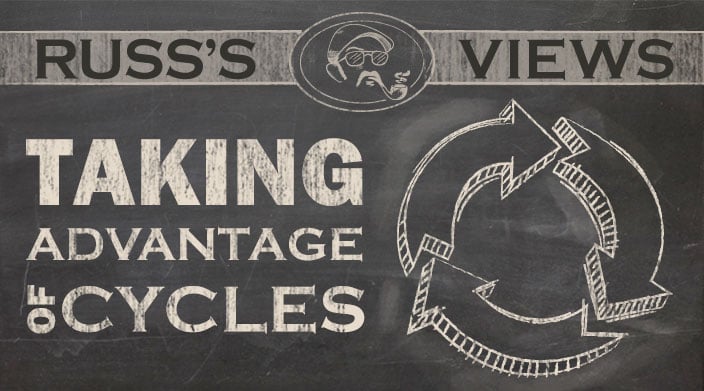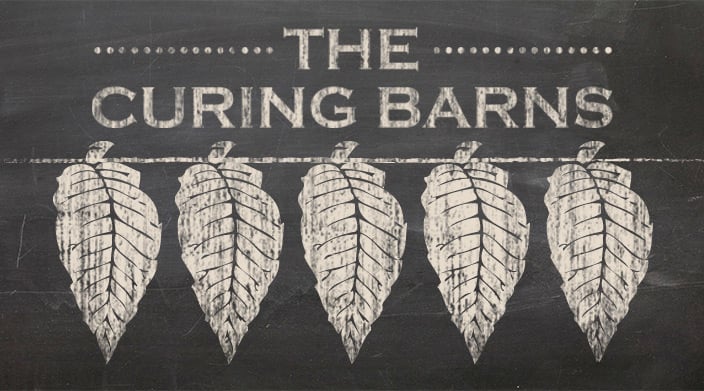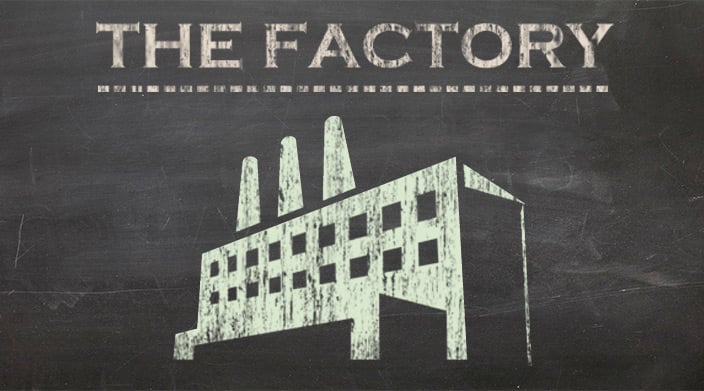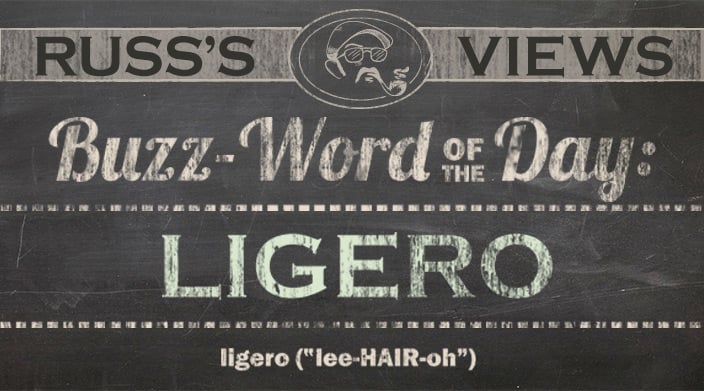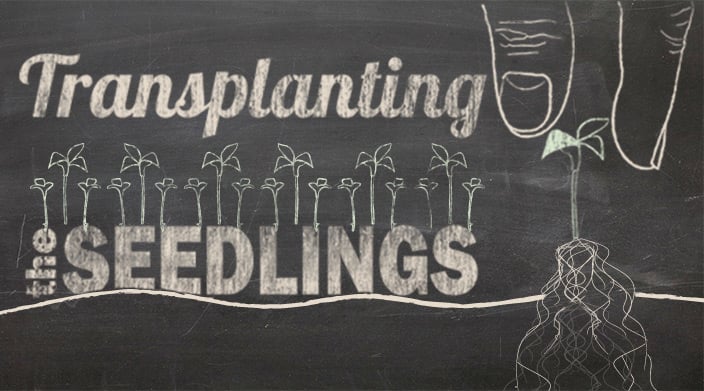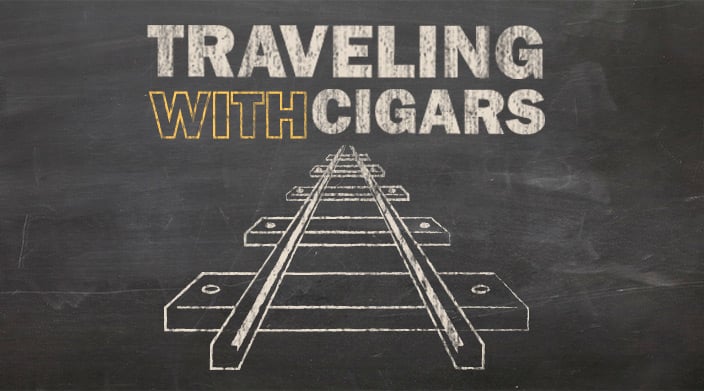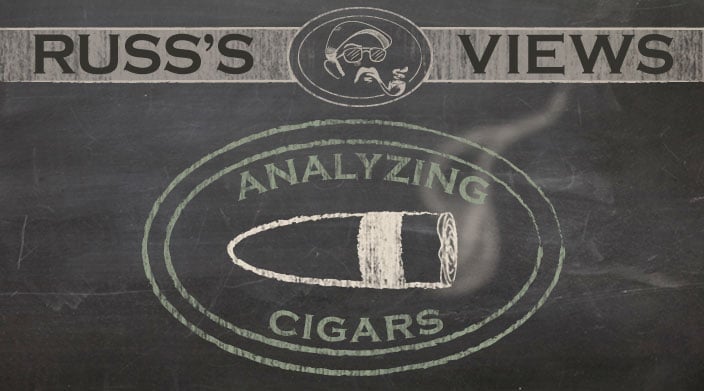There really isn’t all that much to properly cutting and lighting a cigar, but if it’s not done properly, the experience can be frustrating.
There are a number of options in cutting a cigar. You can straight cut, v-cut (cat’s eye), punch, or pierce. The method you choose will be a matter of personal preference. The majority of smokers prefer a straight cut, using a single or double guillotine type cutter. With a cigar with a rounded head, try to shave off about the top third of the cap (there will be a noticeable seam where the cap ends). Until you become comfortable with how to do it freehand, an easy way to make sure you don’t cut down too far is to open the cutter and lay it on a flat surface. Stand the cigar in the opening (head down), but don’t press down. Hold the cigar upright and snap the cutter shut. This should give you a near perfect cut. With figurados (cigars with a pointed or tapered head), you will need to experiment to see how far down to cut.
A punch is a cylindrical blade that is pressed against the middle of the rounded head of a cigar, and with a twisting motion a round plug is removed. For obvious reasons, punches do not work well with figurados. Also, be very careful using a punch on a dry cigar as it can shatter the cap. But it’s virtually impossible to cut too much of the cap with a punch.
A v-cutter takes a v-shaped notch out of the head, making it difficult to overcut the cap. As with the punch, these don’t work very well with pointed head cigars. Piercing used to be very popular when most cigars were in the 38 to 44 ring gauge range (panatela to corona). To pierce, you just poke a small hole in the cap with a pin, wooden match, golf tee, or the like. Because the hole is small, tars can accumulate around the hole, which can make the cigar taste bitter. This is why very few people pierce cigars anymore.
Cutting with a guillotine or scissors generally will give you a cooler smoke, but is the most difficult method to do correctly. Punching, v-cutting, and piercing are safer, but tend to produce a hotter smoke with a greater chance of having a buildup of tar around the opening.
Lighting is a two-stage process. First, you should toast the foot (unless the cigar is a perfecto with a pointed or rounded foot), then you finish by lighting while puffing. The preferred “traditional” method is to use a strip of cedar or a wooden match. If using a match, make sure you allow the tip to burn off before putting the flame to the cigar. If you would rather use a lighter, one that uses butane is a better choice than the liquid fuel (Zippo) type. In any case, hold the cigar at a 45 degree angle with the foot pointing downward. Hold the flame below the foot of the cigar, keeping the foot about a half-inch above the visible part of the flame, and rotate the cigar until the entire foot is blackened. Some people prefer to keep toasting the foot until they can blow on the foot and get it glowing completely, but most stop once the foot is black. The reason for doing this is to make sure that any remaining ammonia is burned off before you start puffing.
Next, put the cigar in your mouth and angle it downward. Again, keeping the flame about ½ inch below the foot, puff firmly but slowly, and rotate the cigar until it is completely lit. Turn the cigar around and lightly blow on the foot to make sure that it is evenly glowing.




